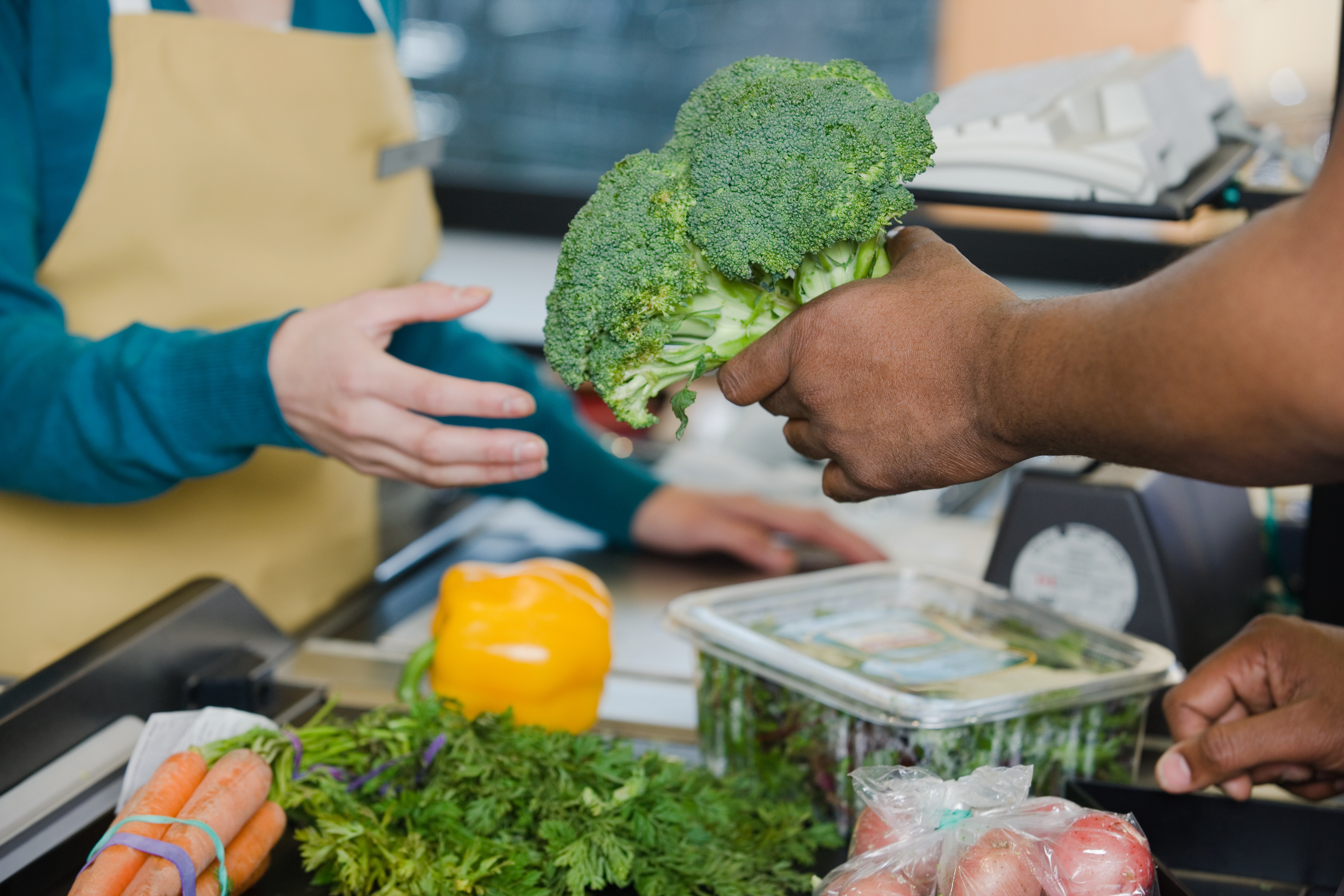SNAP Benefit is Permanently Increased but Food Security still Faces Challenges
September 20, 2021
By Yang Yu
Recently, the Biden Administration has approved a permanent increase in the Supplemental Nutrition Assistance Program (SNAP) benefits, effective this October.
On average, SNAP participants will receive their monthly benefits at a level up to
25% higher than their pre-pandemic benefits, which implies a monthly increase of about
$36 per person. Annually, the federal government will provide an additional 44.5 million
dollars to the 103,000 SNAP participants in Montana to help them secure enough and
healthy food for their families.
The approved change in the SNAP benefits will take place when the current 15% temporary boost to benefits expires at the end of September. To make the change permanent, the US
Department of Agriculture revised the costs of the Thrifty Food Plan in August, 2021. The Thrifty Food Plan measures the lowest cost of obtaining a “basket”
of healthy, nutritious food, which the USDA uses as a guideline to determine the maximum
possible benefits for SNAP. This is the first time in 45 years that the purchasing
power of the Thrifty Food Plan is revised to better reflect the changes in “food prices,
food composition, and consumption patterns.”
There is no doubt that additional SNAP benefits will help ease the difficulty that
many households face in the current context of pandemic and rising food costs. However,
economists have empirically found that people do not spend all of the additional income
on one type of good. For most households, SNAP benefits consist only part of their
food expenditure, with the rest paid with cash or credit cards. Thus, when they receive
additional SNAP benefits, they will reduce some cash or credit card payments in food
purchases.
According to the model mentioned in my previous post, we estimate that the additional 25% SNAP benefit will lead to a $21.9
(monthly) or 5.7% increase in food-at-home expenditure for an average household. In
particular, for three-person, four-person, and five-person families, the increased
food-at-home expenditures are projected to be $20.1 (5.9%), $26.5 (5.8), and $28.1
(6.5%), respectively. Meanwhile, the expenditures on food-away-from-home will not
significant change since most SNAP benefits are spent on at-home food products. Hence,
the changes in food expenditures (about 6%) are smaller than the change in benefits
(25%). This, however, does not imply the policy is not successful because people do
receive extra income—they simply make rational decisions in allocating it between
food and non-food consumption.
See other Related Articles:
SNAP: Is it Enough?

Yang Yu
Assistant Professor

